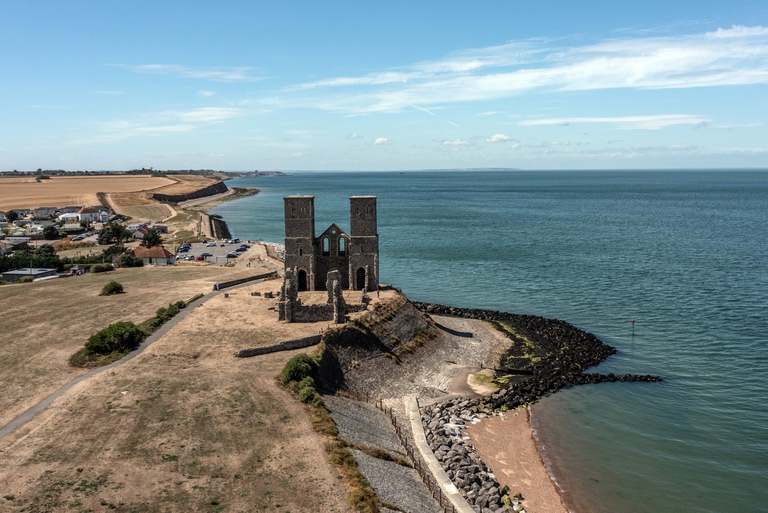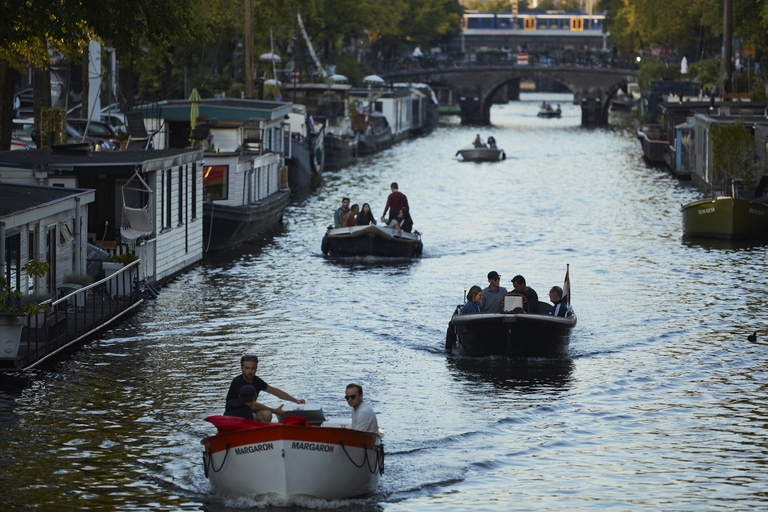
Rosebank and other fields would push the UK’s oil and gas industry almost 40 percent past its carbon budget
Increasing global average temperatures cause sea levels to rise and threaten the homes and livelihoods of many coastal communities in northern Europe.
Sea level rise threatens coastal areas, highly vulnerable regions where a significant portion of the human population lives. As increasing temperatures cause an expansion of the ocean accompanied by rising sea levels, the shape of our coastlines will change. Digital tools allow us to visualize how these changes could affect the UK.
Coastal zones are densely populated, with several of the world’s large cities and growing urban areas located along the coastlines. Large cities like Tokyo in Japan, New York City in the USA, Shanghai in China, and Lagos in Nigeria are all coastal cities.
Many phenomena induced by climate change threaten coastal areas and their inhabitants. Sea level rise, storms and storm surges, rising water temperatures, ocean acidification, and seawater migration into coastal aquifers all make coastal areas susceptible to the impact of climate change. This is made even more problematic by coastal areas’ high population density, with a large number of people likely to suffer the impacts of these phenomena.
What do these climate-fuelled threats mean for the future of coastal areas and their communities? Even a seemingly slight difference in global warming can completely transform the shape of our coastlines and the lives of coastal communities worldwide.
Climate Central is an independent group of scientists and communicators researching and reporting climate change and its impact on human lives. They created a tool that can help us visualize the effect of sea level rise on coastal communities at different degrees of global warming: the Coastal Risk Screening Tool. This interactive tool shows which regions of the world are threatened by sea level rise and coastal flooding with the help of a global model of coastal elevations and the latest projections for future flood levels.
According to the map, even with a 1.5-degree increase, the United Kingdom will feel the impact of sea level rise. Areas in Lincolnshire, the East Riding of Yorkshire, and Cambridgeshire, including the city of Hull, would be the worst affected in this scenario. The capital would also be affected, as parts of central London would already be below the tideline in 2100.
However, the UK wouldn’t be the only nation impacted by sea level rise at 1.5 degrees of global warming. A significant part of the Netherlands, Belgium, and north-western Germany, including cities such as Amsterdam, Rotterdam, and Bruges, will be below the tideline in 2100.
The effects of climate change-induced sea level rise get worse as global warming increases, altering life in our cities entirely. Another tool elaborated by Climate Central, called Picturing Our Future, shows us how climate action or lack thereof will impact sea levels rise in the next hundreds of years.
These images show us how reaching 3 degrees of global warming could completely alter the look of landmarks such as St. Paul’s Cathedral in London, Steeple Church in Dundee, and the Riverside Museum in Glasgow. While we may not witness these sea levels within our lifetimes, today’s choices from our leaders will keep much of the world as we know it from ending up swallowed by the sea.
Siamo anche su WhatsApp. Segui il canale ufficiale LifeGate per restare aggiornata, aggiornato sulle ultime notizie e sulle nostre attività.
![]()
Quest'opera è distribuita con Licenza Creative Commons Attribuzione - Non commerciale - Non opere derivate 4.0 Internazionale.
Rosebank and other fields would push the UK’s oil and gas industry almost 40 percent past its carbon budget
UN Secretary-General António Guterres said the era of global warming has ended and “the era of global boiling has arrived.”
The Antarctic ice sheets are melting more quickly than predicted and sea levels around the world could rise by 1.5 to 2 metres this century – double compared to some previous estimates. This has been met with concerns for 45 million displaced in coastal Chinese cities and major Australian population centres “slipping under the waves”,
The UN General Assembly (UNGA) on Wednesday, 29 March 2023, adopted a resolution seeking the International Court of Justice (ICJ), the UN’s chief judicial organ, which is also referred to as the World Court, for an advisory opinion on the duties of States concerning climate change. This decision marks the first time the World Court
Canada’s wildfire season this year is impacting air quality way beyond the borders of the North American state, reaching as far as Europe.
Wildfires in central and southern Chile, caused by extreme temperatures and drought, have already burned over 270,000 hectares of land.
Ocean heat content in the upper layers of our seas reached another record high in 2022, according to an international study published in January.
After a landslide led to twelve deaths on the island of Ischia, questions have been raised about the impacts of illegal building, tourism, and climate change.
Santa Olalla, the last permanent lagoon in the park, has disappeared under the pressure of drought, overexploitation, and illegal wells.










